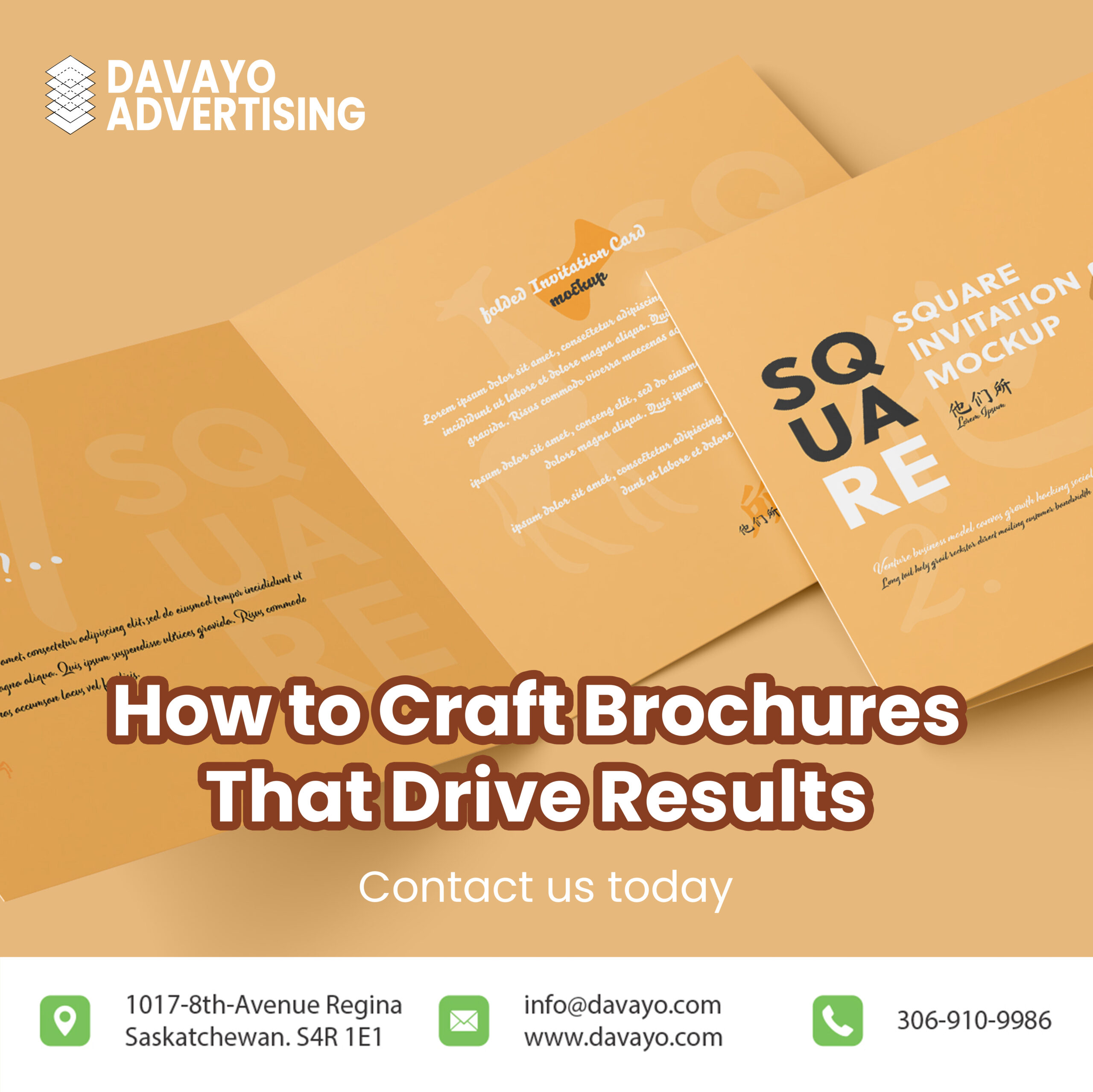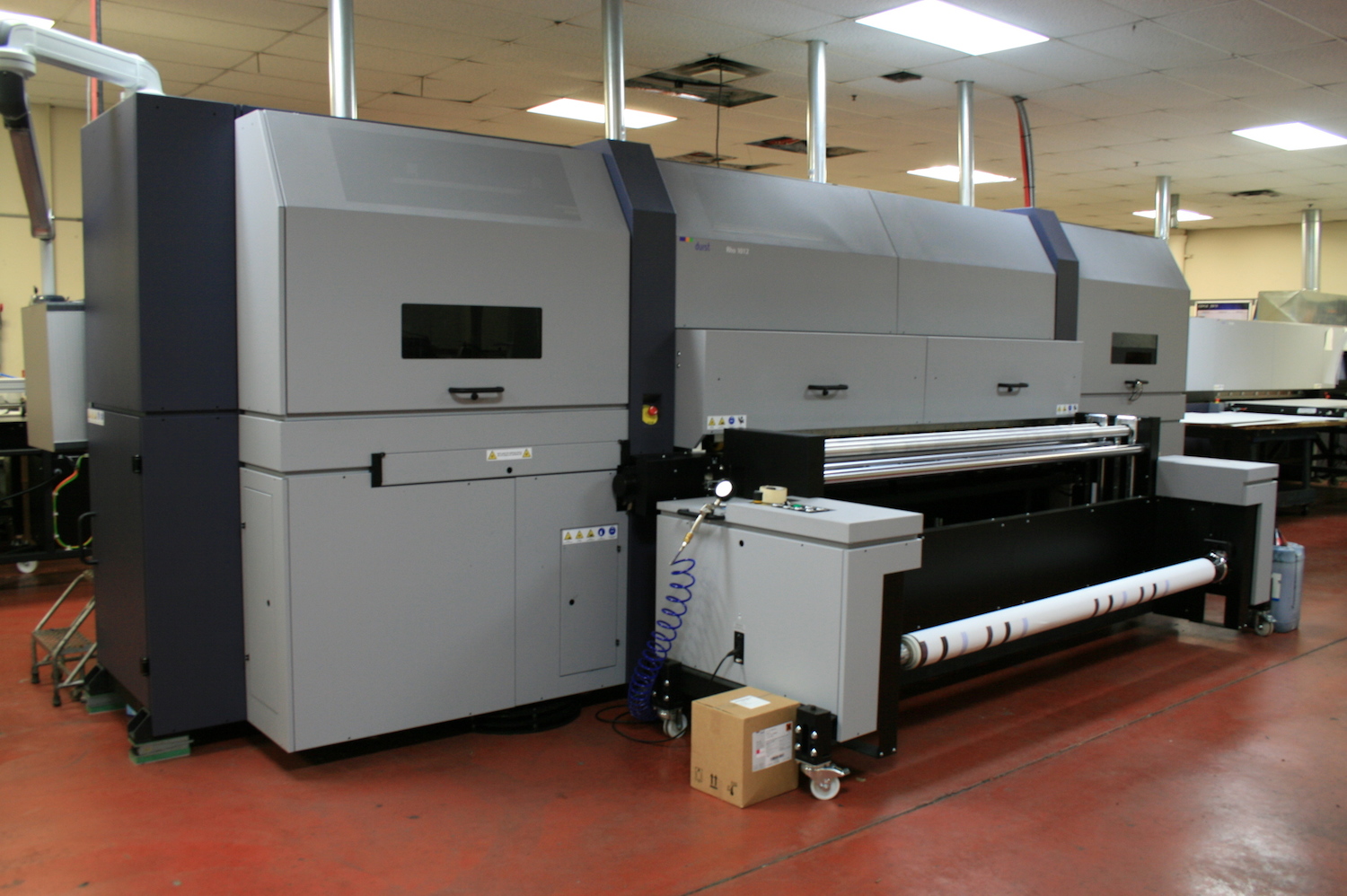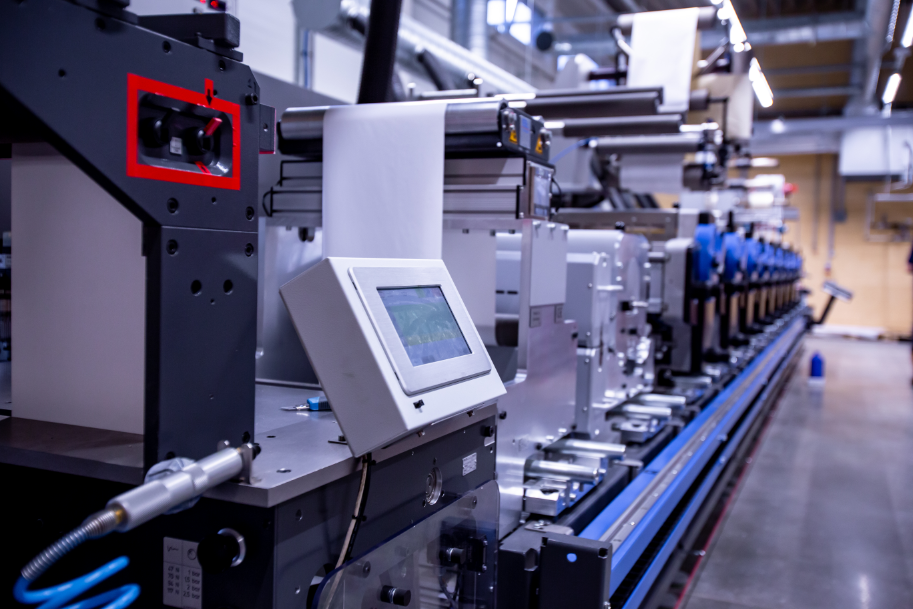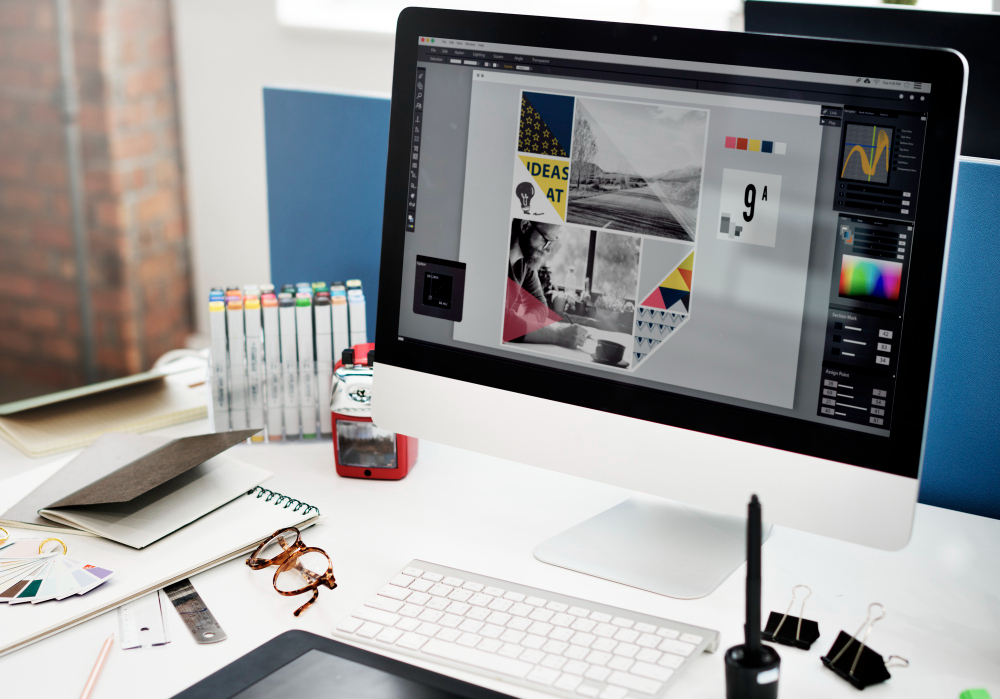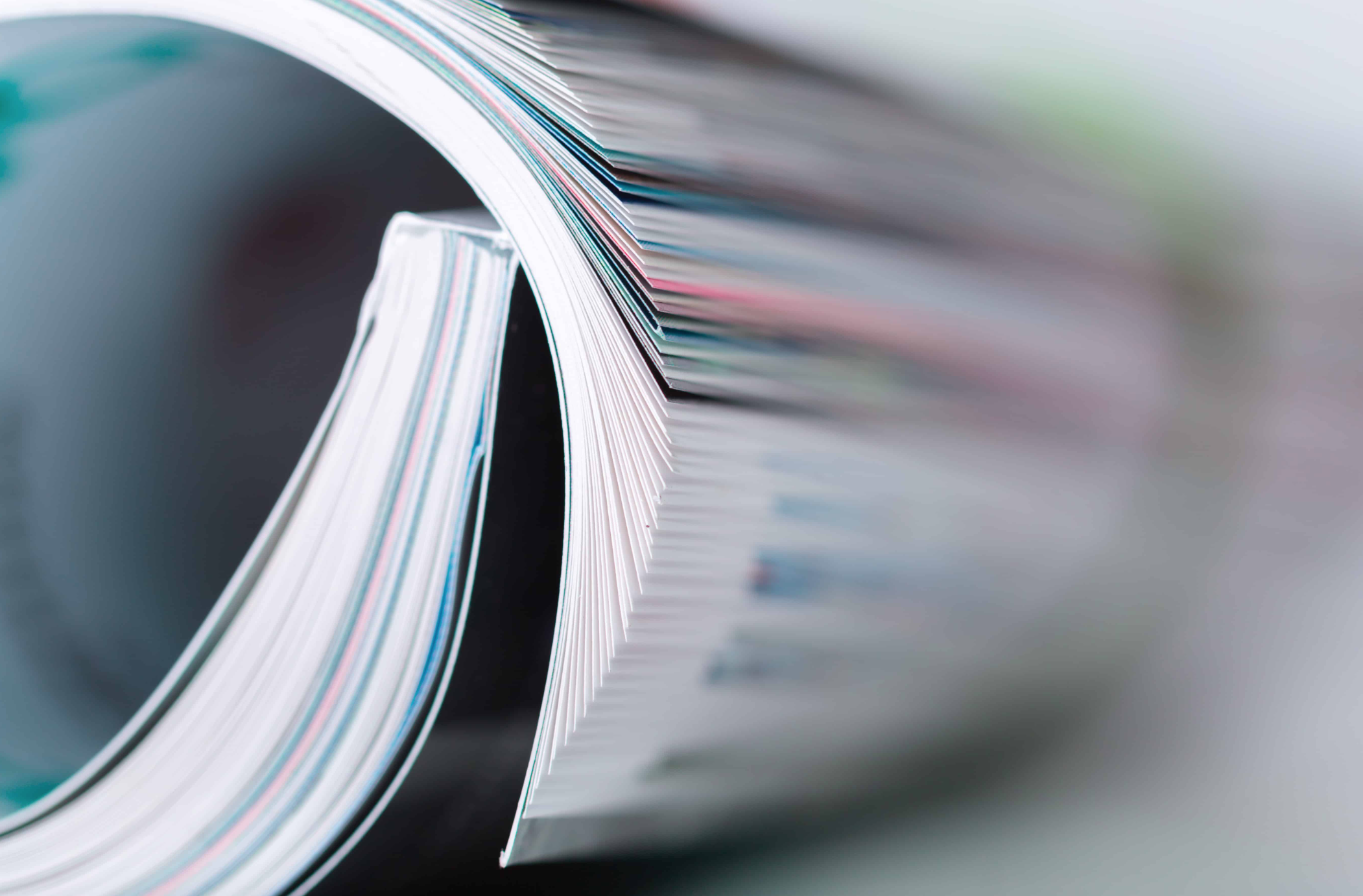A well-designed brochure doesn’t just inform — it engages, persuades, and leaves a lasting impression. Whether you’re launching a product, promoting a service, or building brand credibility, brochure design plays a pivotal role in your marketing strategy.
In this comprehensive guide, we’ll walk you through everything you need to know about brochure design — from choosing the right type to crafting a compelling layout that gets your message across effectively.
Why Brochure Design Still Matters in the Digital Age
Despite the rise of digital marketing, brochures remain a powerful, tangible asset. Here’s why:
- Touch and feel create trust – Physical brochures lend a sense of legitimacy and professionalism.
- Offline reach – Not everyone is online all the time; brochures help reach audiences at trade shows, events, or in stores.
- Complementary to digital – Brochures can direct readers to your website, QR codes, or social media, creating a bridge between offline and online marketing.
1. What Type of Brochure Do You Need?
Before you dive into design, you must determine which brochure format best suits your goals and content. Here are some common types:
● Bi-Fold Brochures
Classic and clean. Perfect for formal presentations and corporate use.
● Tri-Fold Brochures
The most popular choice — great for storytelling, promotions, or menus.
● Z-Fold Brochures
Eye-catching and interactive. Excellent for creative brands that want a dynamic layout.
● Gate-Fold Brochures
Stylish and elegant. Often used for luxury branding or high-end product showcases.
● Booklet-Style Brochures
Ideal for comprehensive content — such as product catalogs or annual reports.
Pro Tip: Match the brochure type to your message. For instance, if you’re showcasing a wide range of services, a tri-fold or booklet may give you enough space to explain everything clearly.
2. What Should You Include in Your Business Brochure?
Content is king — and in brochure design, it must be clear, concise, and compelling. Here’s a breakdown of what to include:
● A Strong Headline
The headline should instantly tell readers what your brochure is about and why they should care.
● Company Overview
Give a brief yet powerful introduction to your brand or business.
● Core Offerings
Highlight your services, products, or value propositions. Use bullet points for clarity.
● Benefits Over Features
Customers care more about what’s in it for them. Emphasize results, benefits, and value.
● High-Quality Visuals
Images speak louder than words. Include professional photos, icons, or infographics.
● Testimonials or Case Studies
Social proof boosts trust and credibility.
● Clear Call-to-Action (CTA)
Direct readers on what to do next: Call, email, visit your website, or scan a QR code.
3. Brainstorming an Effective Brochure Design
Design is more than just aesthetics — it’s about communication. Here are some core principles of effective brochure design:
● Know Your Audience
Design for the person holding the brochure. A B2B audience might appreciate clean layouts and formal fonts, while a younger demographic might prefer bold colors and playful graphics.
● Maintain Brand Consistency
Use your brand colors, logo, fonts, and tone. Consistency breeds familiarity and trust.
● Create a Visual Hierarchy
Use headings, subheadings, and contrasting text sizes to guide the reader’s eye.
● Balance Text and White Space
Avoid overcrowding. Let your design breathe so the content becomes easier to absorb.
● Choose the Right Paper Stock
The touch and texture of your brochure matter. Consider matte, glossy, or specialty finishes like Scodix or raised UV for extra flair and sensory appeal.
4. Common Brochure Design Mistakes to Avoid
Even the best ideas can fall flat with poor execution. Here’s what to watch out for:
- Too much text – Stick to the essentials. People skim, so make it snappy.
- Low-res images – Always use high-resolution images for a professional finish.
- Missing CTA – Don’t forget to tell readers what to do next.
- Unclear messaging – Be direct and avoid industry jargon that may confuse readers.
5. Brochure Design Tips for SEO and Print Synergy
Yes, even your brochure content can impact your SEO efforts! Here’s how to make your brochure work both online and offline:
● Repurpose Brochure Content for Your Website
Turn brochure sections into web content or blog posts targeting relevant keywords like “brochure design for small business” or “modern tri-fold brochure ideas.”
● Add a QR Code Linking to Your Landing Page
Use a QR code in your brochure to drive traffic directly to your site or lead capture page.
● Optimize Digital Brochures for Search Engines
If you’re offering a downloadable PDF brochure, optimize the file name, meta tags, and alt text for images using your target keywords.
6. Tools and Resources to Create Stunning Brochures
You don’t need to be a designer to get professional results. Here are a few tools and resources that can help:
- Canva – User-friendly with tons of brochure templates.
- Adobe InDesign – Ideal for high-end, custom designs.
- Microsoft Publisher – Great for beginners and small projects.
- Professional Print Agencies – For premium finishes, expert layouts, and tactile enhancements like foil stamping or embossing.
7. Why Hire a Professional for Brochure Design?
While DIY tools are helpful, a professional designer or agency brings expertise that’s hard to replicate. You’ll benefit from:
- Strategic layout planning
- Better use of branding
- Access to premium printing techniques
- Error-free formatting and file setup for press
Remember: Your brochure reflects your brand. If it looks cheap or confusing, that’s how your business might be perceived.
Final Thoughts: Design Your Brochure with Purpose
Your brochure should be more than just pretty — it should serve a purpose. Whether that’s informing, convincing, or converting, every element of the design must work toward that goal.
So take the time to plan, design, and execute a brochure that not only looks amazing but also gets results.
Frequently Asked Questions (FAQs)
Q: What is the ideal size for a brochure?
A: The most common sizes are A4 (8.3 x 11.7 in) or tri-fold (8.5 x 11 in), but you can customize based on your content.
Q: How much does brochure design cost?
A: DIY tools may be free or low-cost, but professional design services can range from $100 to $500+, depending on complexity and print finishes.
Q: How many brochures should I print?
A: That depends on your campaign scope. Always consider audience size, distribution channels, and reusability before printing.
Ready to create a brochure that turns heads and converts leads? Start by clarifying your message, choosing the right layout, and either using a reliable tool — or better yet, partnering with a professional brochure design agency that brings your vision to life, Davayo Advertising is your sure solution.

